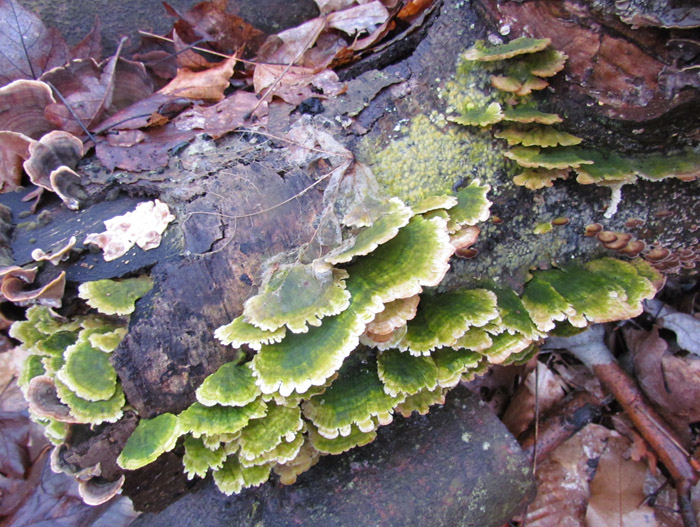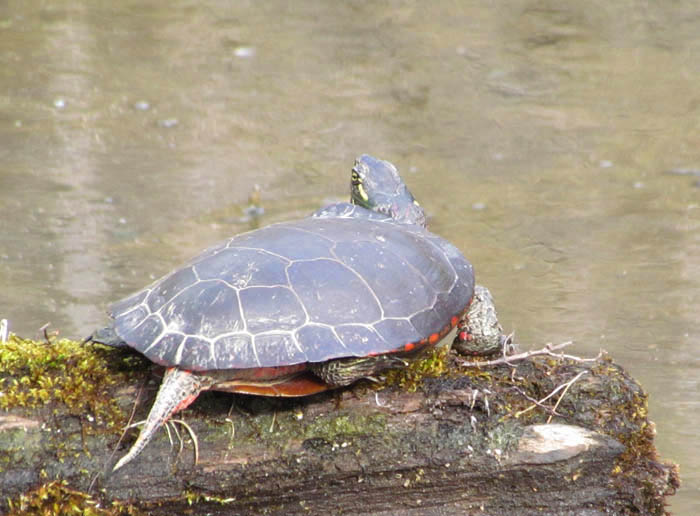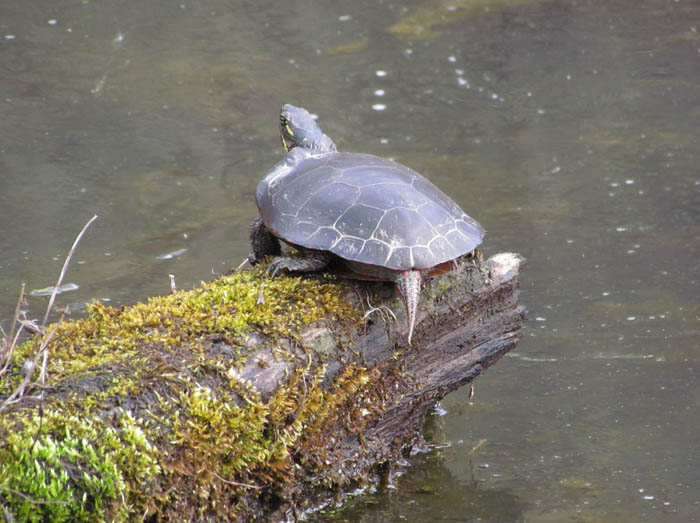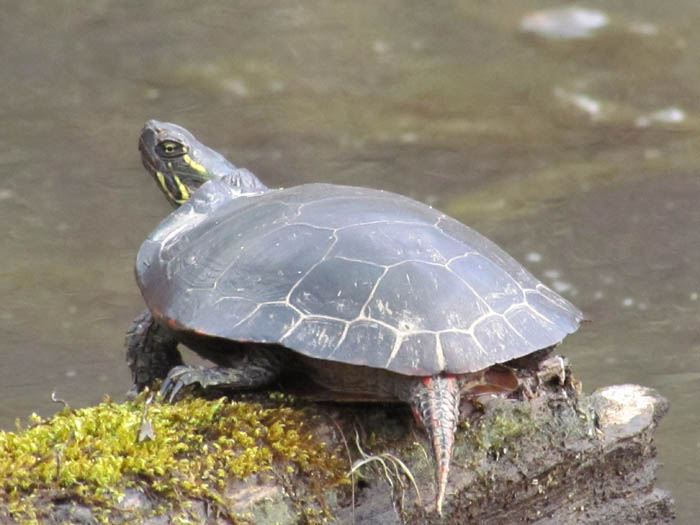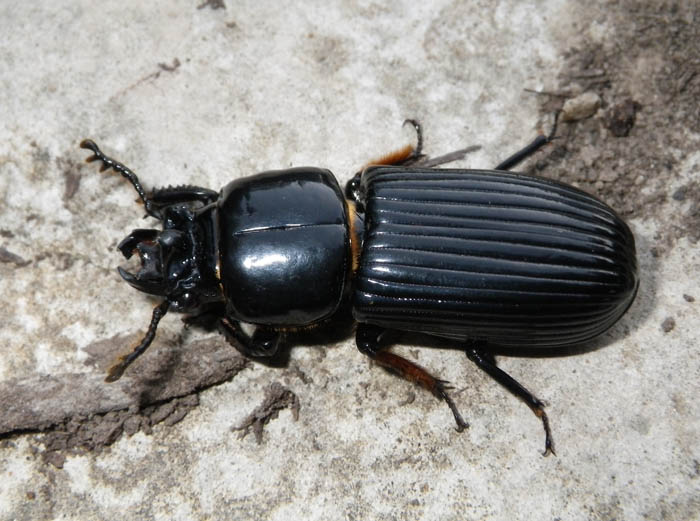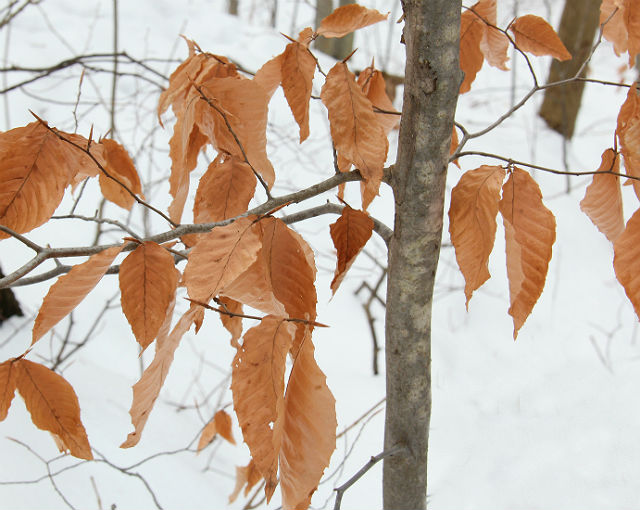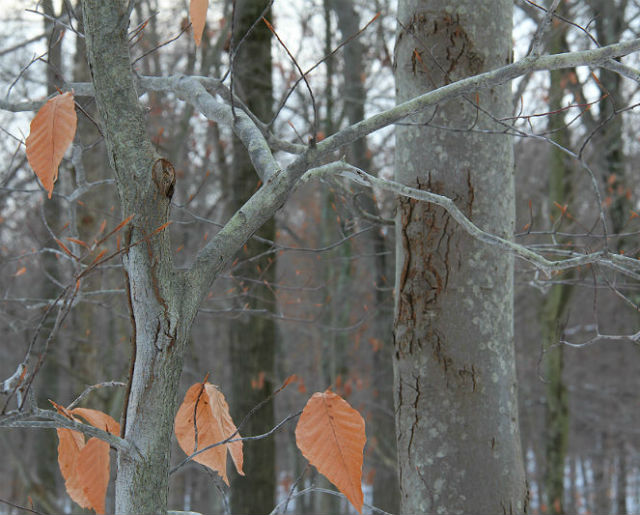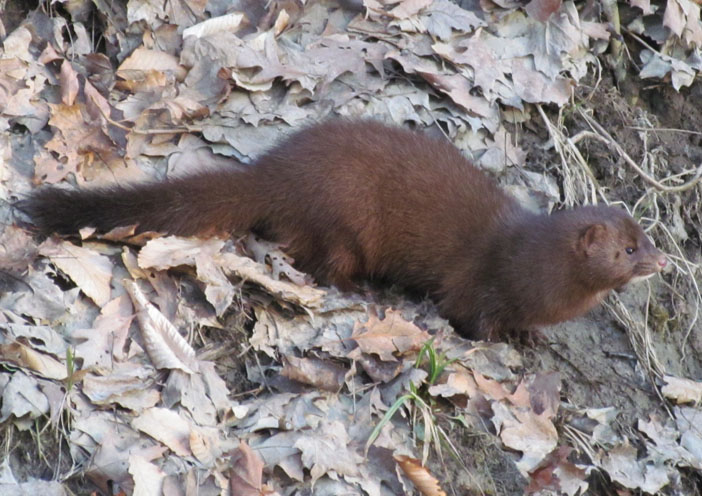Perhaps the most fearsome freshwater invertebrate in North America is the Toebiter. It has paddle shaped hind legs for swimming and raptorial front legs for catching prey. It is classified as a “true bug.” One of the criteria for true bug designation is the presence of a piercing, sucking mouthpart. Toebiters cannot chew. Instead, they pierce their food with their beak-like mouth, pump saliva into the food source to partly digest it, and then suck it out, as if using a straw.

Unlike many insects, whose eggs are abandoned by the adults, toebiter eggs are glued to the surface of the male’s outer wings and cared for and protected by the male until they hatch.
Toebiters occur in ponds and lakes, where they rest below the water’s surface. There are two tail-like breathing tubes at the rear end of the toe-biter that help it to breath while underwater. When it needs air, it extends the breathing tubes.

During mating season they fly from pond to pond. It is during these flights that these insects fly to lights, earning their other common name, “Electric Light Bugs.” Still another common name is the “Giant Water Bug.” The Eastern Toebiter is one of the largest insects in the U.S. and Canada. Below is an example of one that flew into our campsite when we were staying at Myrtle Beach in the early 1990s. It was photographed next to a cigarette pack for a size reference.
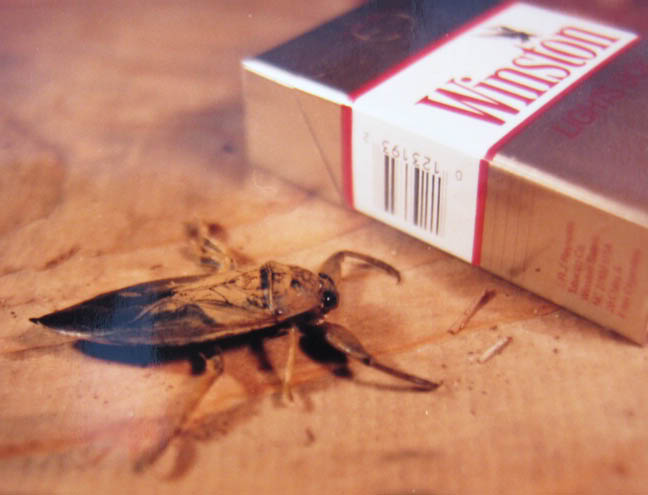
Toebiters are capable of inflicting a painful bite with their strong beak. They prey on aquatic insects, small fish, frogs, tadpoles and other organisms. They often play dead when threatened.

They are a fun and easy-to-keep insect pet. The type in the above photos have only eaten fish for me, but there’s a smaller type of toebiter in the Northeastern states that eats crickets, snails and mealworms readily. Here’s one that I kept for about a year, eating a cricket.
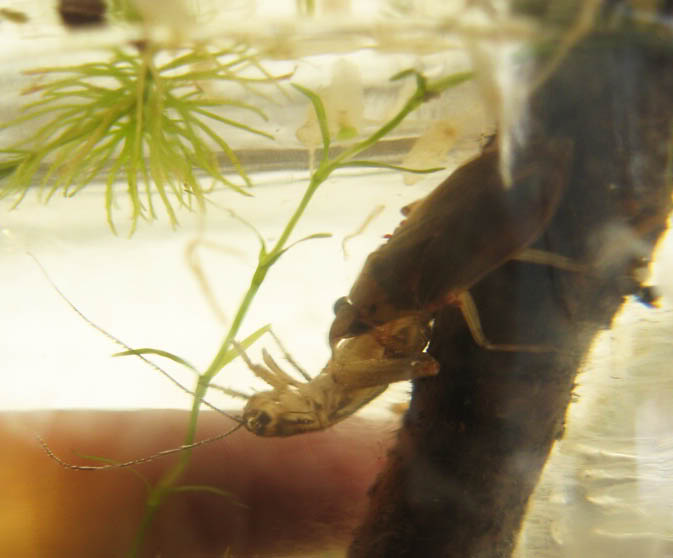
I keep mine in a large glass jar with a stick that they enjoy resting on, as well as some aquatic plants. They spend most of their time poised in a praying mantis-like way, waiting for food to swim by. They can live in groups if they’re about the same size – I have two toebiters.

Don’t fret if you live in the western United States, because toebiters live there too. Here’s one that I found in a creek in Gilroy, California in 2007.

Third Eye Herp
E-mail


